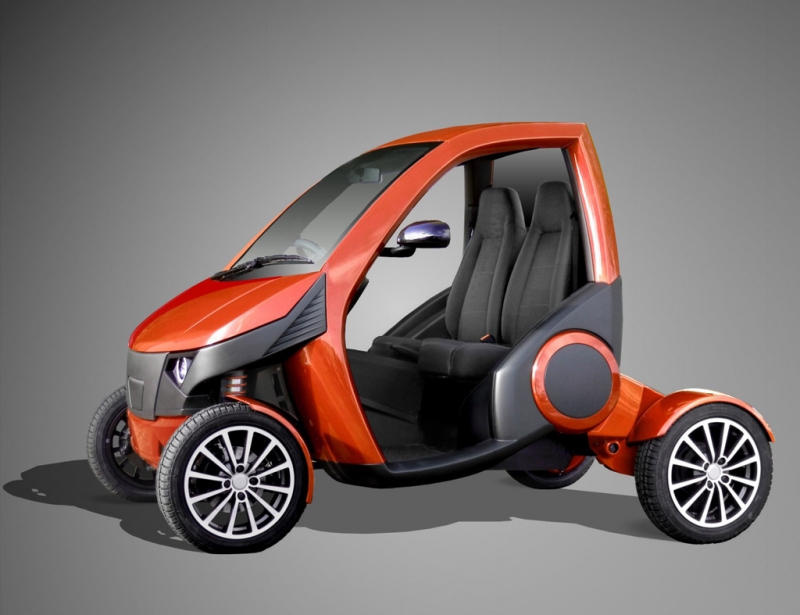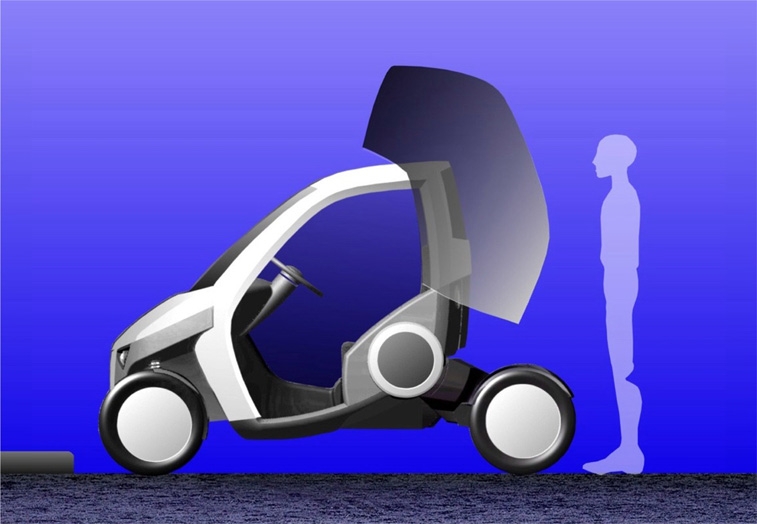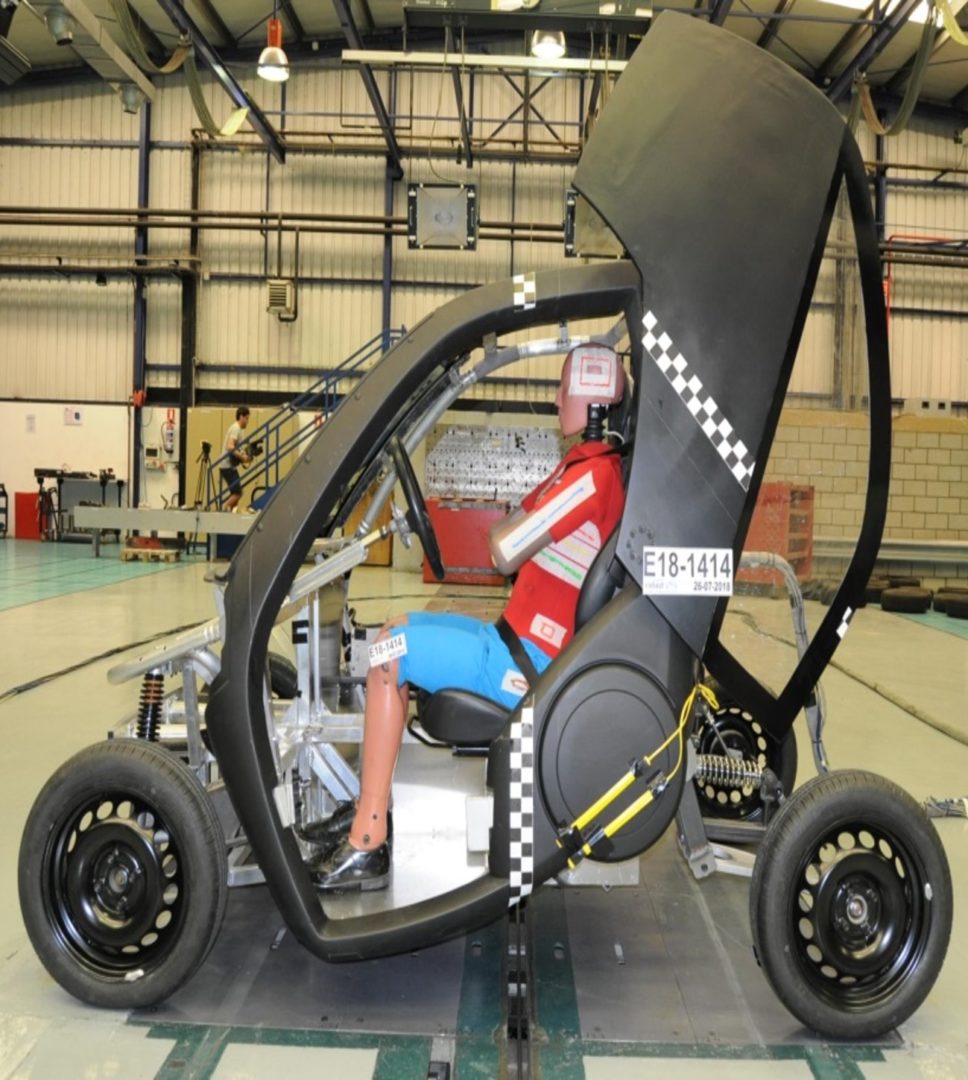The Cidaut technology center, together with a consortium of 10 partners, succeeded in creating an innovative, safe urban vehicle with a purely electric range.


The URBAN-EV (Super Light Architectures for Safe and Affordable Urban Electric Vehicles) project aimed at nothing less than demonstrating the feasibility of key vehicle lightweighting technologies for the manufacture of light urban electric vehicles with new standards of mechanical performance and occupant safety.
The main focus of URBAN-EV was based on combining the breakthroughs that drove innovation in affordable high-volume manufacturing of lightweight components, using pioneering material joining technologies, as well as testing and simulation capabilities.


For the Urban EV project, which ran for almost 5 years and was funded under FP7-Transport, different work streams were created analyzing the first development approaches towards the urban model, and with a strong focus on weight management and vehicle safety.
With these three factors in mind, a consortium of 10 partners was created, with the challenge of creating an electric vehicle with good performance and innovative materials: aluminum, magnesium, composite material and steel.
Along the way, there were major challenges, such as the joining of different materials with each other. In this aspect, innovative processes were used to join unconventional materials by electromagnetic forces. Since it was not possible to weld the materials, due to their different characteristics, nodes were created in order to be able to join them at supersonic speeds, where precision played an essential role. One of the most important joints made was to join the magnesium with the structural material.
All this was done with a complete vehicle design approach, in which all basic components were integrated as innovative design solutions.
For the Urban EV vehicle, prototypes of a 2-seat urban electric vehicle were developed, with an optimal range and occupant safety level.
Safety in urban vehicles
As an important part of the project, the vehicle structure was optimized to be able to meet the requirements of a conventional passenger car. Appropriate safety simulations were performed based on the regulations, as well as specific restraint systems.
Small urban car models, compared to larger cars, have a different energy absorption in the event of a collision. The importance of this project is that sufficient improvements were made to create a vehicle with a specific restraint system in terms of airbag, collapsible column, seat belts, door, etc. ….) where the stiffness and lightness of the composite or composite resins, and the strength and energy absorption of steel, make this vehicle a safe model.
Weight and innovation materials
Another essential factor in the project was weight reduction. The initial vehicle weighed about 720 kg and had a range of 65 km. The weight reduction reached 555 kg and more than 160 km of autonomy. The challenge was significant and the materials used played a fundamental role, moving from the usual use of steel to the use of advanced innovative materials.
Foldable and ergonomic car
In traffic conditions the car measured 2.50 meters, but when it was folded for parking it was reduced to 1.90 meters, allowing it to be installed in a battery where other vehicles could not. The access was comfortable, easy and innovative, with a door opening system that moved upwards. It was a challenge to integrate the security system with specific materials to make this vehicle a safe, comfortable and accessible space.
Simulations and tests in electric mobility
To check the behavior of the vehicle, Cidaut carried out simulations of all possible scenarios, since the technology center has the necessary facilities to carry out these tests. This procedure was a strong point in the development process of the success case.
Tests were also carried out on 3 prototypes to see how they performed, as well as the safety they provided in the most critical cases, taking instant biomechanical measurements of the dummies.
All these procedures allowed the engineers to verify their designs before finally launching the product.
In parallel, project partners such as Grupo Antolin, Grupo Casple and Podadera Desing developed their essential part in processes of utmost importance, such as innovative materials, their joining or design research.
Sustainable energy and materials
Sustainability is understood as meeting the needs of current generations without compromising those of future generations, while ensuring a balance between economic growth, respect for the environment and social welfare.
Well, although this was not an essential factor driving the project, it was an important part of it, since it was possible to reduce consumption and optimize regenerative braking to minimize mechanical braking. The electric motor worked as a generator, in the widest possible range of use, so that the surplus energy returned to the batteries and could be reused, thus having a high energy efficiency and using sustainable energy.
On the other hand, although in those years the most used materials were thermosets, in the Urban EV project thermoplastic materials were applied, which have more sustainable characteristics because they can be more easily recycled and reused. Thus creating a better behavior model for the environment.
For all of the above, the Urban EV project has proven to be a success story for the series of applied lightweighting technologies and design concepts necessary for the affordable production of high-volume, low-cost electric vehicles that comply with future CO2 emission regulations.
For more information about the project, the participants or the EU research results, please consult the project http://urban-ev.eu/ and https://cordis.europa.eu/project/id/605634/es.
NODDO: The Network of Technological Centers of reference in Castilla y León
From the Network of Technology Centers interdisciplinary work in an integrated manner, covering all technical disciplines. technical disciplines and finding innovative solutions in all parts of the processes.
If you want us to help you boost your business and find innovative technological solutions for your processes, do not hesitate to contact Noddo.
Follow us on LinkedIn and Twitter or sign up for our Newsletter to stay up to date with the latest news on the Web.






